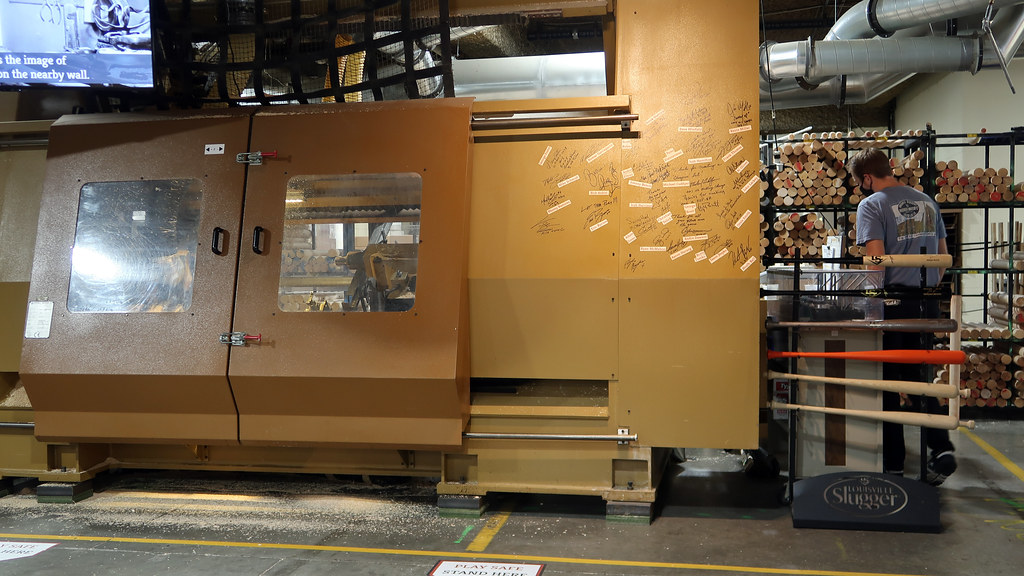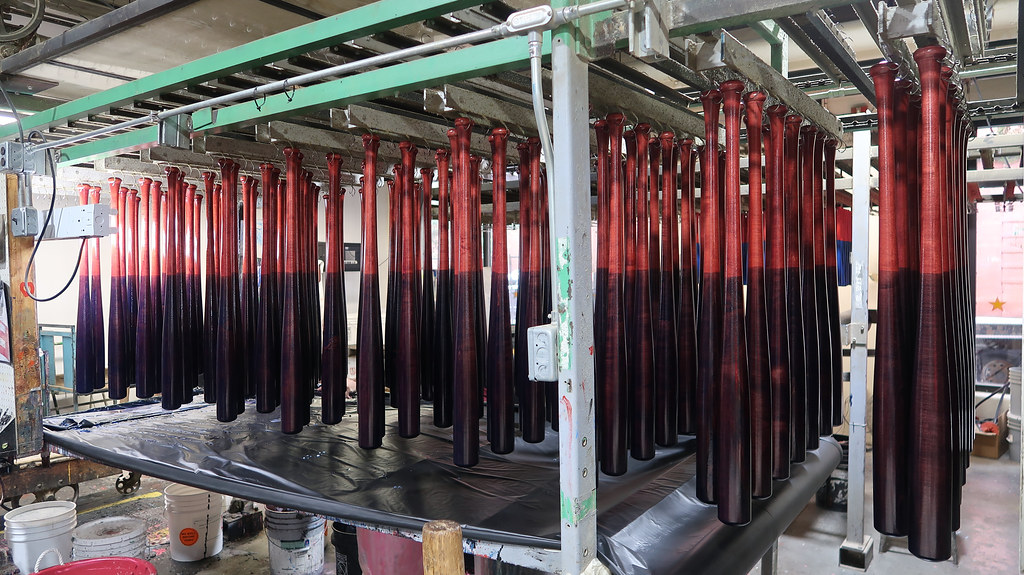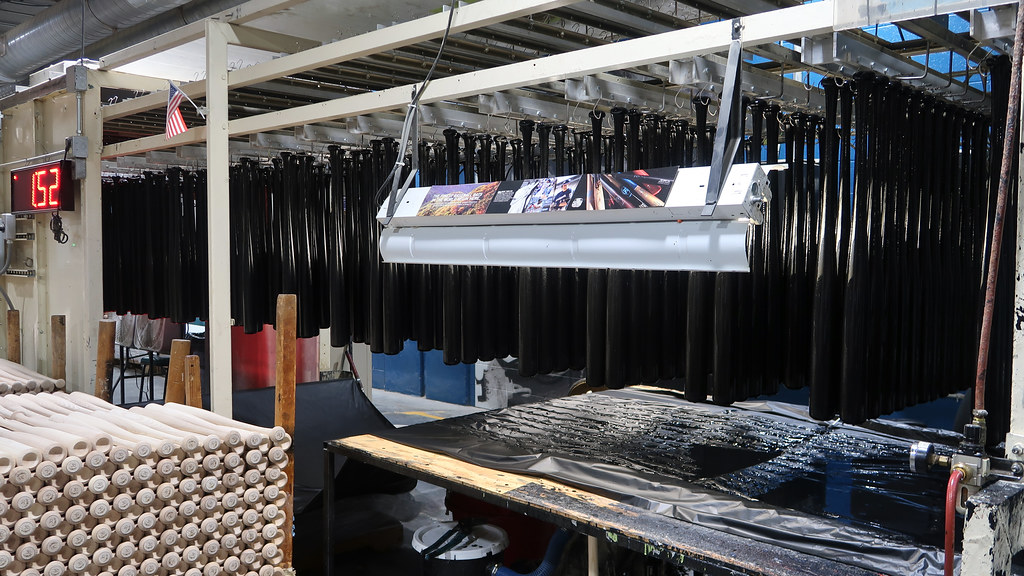For my final tourist activity of Louisville, I went to the Louisville Slugger Museum & Factory. If you’re not familiar, the Louisville Slugger is a baseball bat formerly owned by the Hillerich & Bradsby Company, and now owned by the Wilson Sporting Goods Company. H&B still does the manufacturing of the baseball bats in Louisville, and also runs the museum.
For whatever reason, I was a massive baseball fan when I was a very young child. I followed the Chicago Cubs very closely, knew the names of an unhealthy number of baseball players, and watched almost all their games. And then, one year, I sort of… stopped being a baseball fan. I stopped watching baseball, I lost track of all the games and players, and I have absolutely no recollection as to why.
To put this into perspective, I believe this happened almost two decades ago, and since then, I haven’t really cared at all about baseball. I would play catch with friends once in a while, but because of my bad depth perception, I have a tough time catching balls (I usually have to stand at a little bit of an angle, then mostly go off timing in order to be able to effectively catch a ball), and I can almost never consistently successfully hit a baseball with a bat.
With that being said, it seemed like I was the only one at this museum who was this indifferent about baseball, because everyone had their favorite teams and were eager to see bats used by those players. It was interesting to see the Louisville Slugger Factory in-person, but it wasn’t really that special or magical of an experience.
Professional baseball players are fairly picky about the bats they use, so they often show up in-person at the factory to pick out a specific type of wood and design for their bats. We weren’t allowed to touch these because of the ongoing pandemic, but there was a large cabinet of baseball bat stocks selected by professional players.
We got to watch a CNC machine create a bat as well. Apparently this one had a bunch of famous baseball players’ signatures on the panels.
We then moved over to the branding section of the factory. Some are done by machine, while others are printed by hand by workers.
The final part of the factory had a section for painted bats. Apparently there are restrictions on the color of the bat for professional play, but obviously, for everyone else, they can get different-colored bats, and some people even order special novelty bats with special printing. Needless to say, this section of the factory smelled horrible because of all the paint, and I quickly got a headache.
After the guided tour was over, we were released into the main museum area and got to look at the exhibits at our own pace. I don’t know if this was mainly because the Kentucky Derby Museum I went to yesterday was comparatively such a great museum, but the Louisville Slugger Museum felt incredibly underwhelming. There weren’t that many exhibits, and the exhibits they did have were fairly non-interactive and relied on a lot of text and recreated models.
It seemed like there might have been a second floor of exhibits, but I couldn’t figure out a way to get up there—there were no easily-accessible stairs, and when I took the elevator, the upper area was blocked off by an “employees only” sign.
Right outside the museum exhibits, there was an area where you could swing in a miniature batting range, but you had to pay extra for that. The walls were covered with miniature plaques with hall of famers, but that probably won’t really be interesting to someone unless they are passionately dedicated to baseball and can recognize the names.
The guided walking tour through the factory was nice, and especially during the beginning portion of the factory, I really enjoyed the fresh processed wood smell. Funny enough, my second favorite part about going to this museum was the parking garage. When I park at a tourist hotspot, I always like to go on the upper-most floor of the parking garage in order to get a good view of the surrounding area; I parked on the fifth floor and took some photos of downtown Louisville.
My admission ticket was US$16.00, and I have a suspicion that the ticket price only covered the guided tour through the manufacturing factory, because that was the only time my ticket was checked (i.e., nobody was there to check my ticket when I wandered into the museum exhibit area). That price point is something you should expect to pay to go to one of the most popular tourist hotspots in a city, but comparatively, I don’t think you really get that much value out of this unless you’re a baseball fanatic.
That concludes my week in Louisville, Kentucky; next up is Knoxville, Tennessee.












